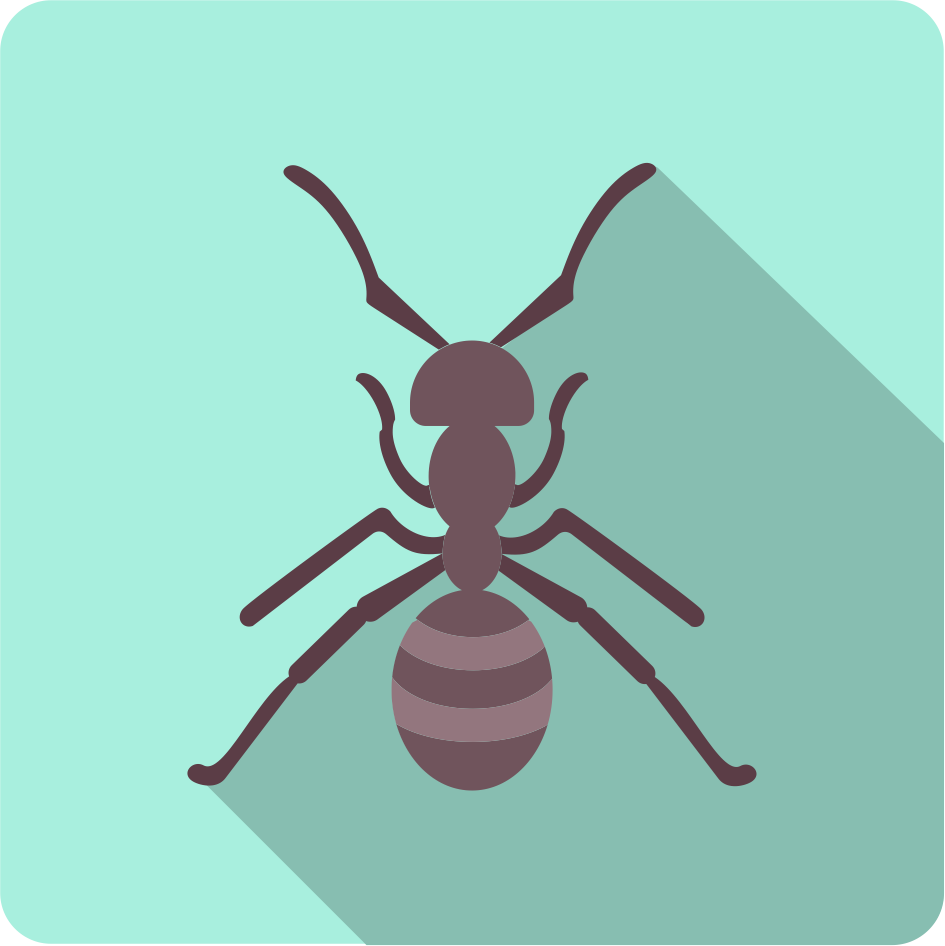
 CONTENT COURSE
CONTENT COURSE

1.1 WHAT IS A TOPIC?
1.1.1 IDENTIFYING THE TOPIC SENTENCE
1.1.2 WHAT IS THE TOPIC SENTENCE?
1.2 PREDICTING AND GUESSING
1.3 READING COMPREHENSION
1.4 READING FOR SPECIFIC INFORMATION
1.5 READING FOR DETAILS
1.6 WHAT ARE SUPPORTING
DETAILS
1.7 INTERPRETING OR
MARKING INFERENCE
1.8 GRAMMAR (MODAL VERBS)

EXERCISES
1) Read the passages and answer the questions.Fire ants are painful and destructive pests. 2 The fire ant earned its name because of its venom. 3 The insect uses a wasp-like stinger to inject the venom, which causes a painful burning sensation and leaves tiny, itching pustules. 4 The ants will swarm over anyone or anything that disturbs their nests. 5 In addition to causing pain, fire ants damage many crops by eating the plants and by protecting other insects that damage crops. 6 Fire ants are attracted to soybeans, eggplant, corn, okra, strawberries, and potatoes.
QUESTIONS
Select the correct answer

QUESTIONS
Select the correct answer

